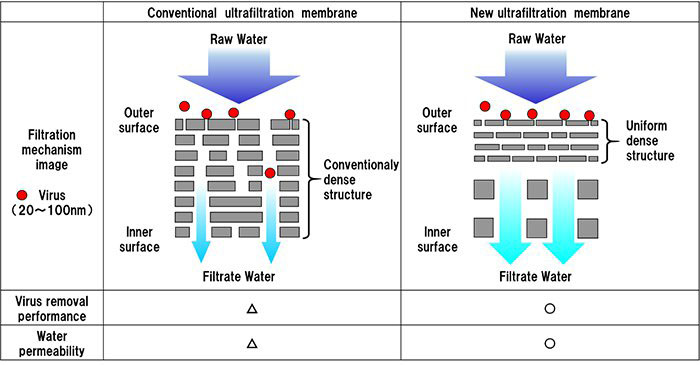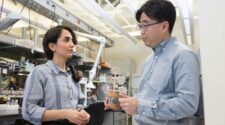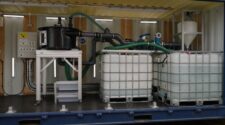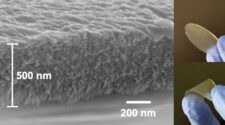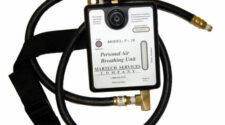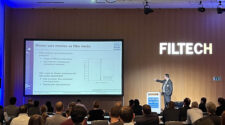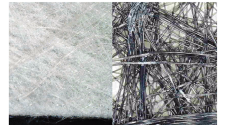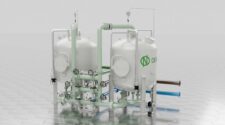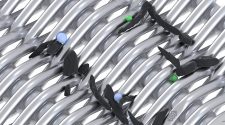Toray Industries announced it has developed a new polyvinylidene fluoride (PVDF) ultrafiltration (UF) membrane with exceptional virus removal rate and high water permeability for water treatment. It can thereby contribute to safe and economical water supplies treated with minimal energy for various applications, from food and beverages through wastewater reuse. Toray is accelerating application testing with a view to commercialization of the technology.
Toray has been offering PVDF UF membrane, in which the company pursued high strength and high water permeability, for water treatment. In recent years, there has been growing expectations for UF membranes to enhance pathogenic virus removal and water permeability without reducing safety or increasing costs. It has been the difficult problem for years to develop these UF membranes because reducing pore diameters to remove viruses make membrane resistance high, which results in decreasing water permeability.
To overcame this challenge, Toray’s new UF technology leverages two key enhancements:
- Using phase separation control technology to create a uniformly dense structure
Toray focused on minimizing coarse voids exceeding 100 nm through which viruses can easily pass. By laminating layers which have homogeneous pore size distribution, Toray creates a uniform dense structure without coarse voids. This uniform dense structure made it possible to create thinner dense structure than conventional UF membrane and showed 99.99% removal of the Essherichia coli phage MS2, which has a diameter of around 27 nanometers. - Innovative hollow-fiber membrane manufacturing technology
Dense structures increase resistance and impede water flow. Toray resolved that issue by using a proprietary hollow fiber membrane process technology built on the experience in water treatment and artificial kidney applications to create a thin, uniformly dense structure. Toray achieved excellent virus removal and water permeability by increasing porosity in the whole membrane except for the uniform dense structure, thus securing more water channels and boosting overall membrane permeability.


